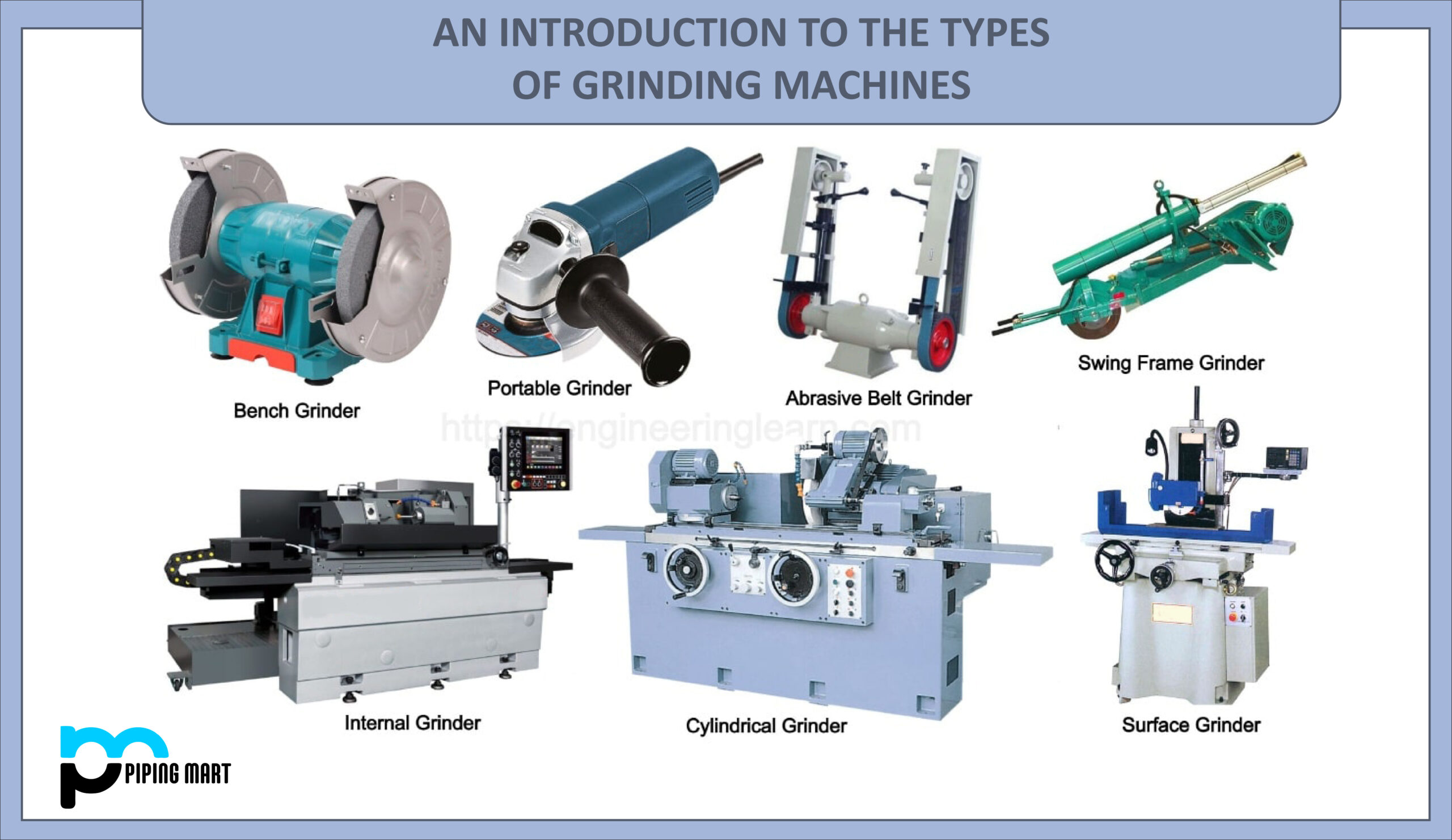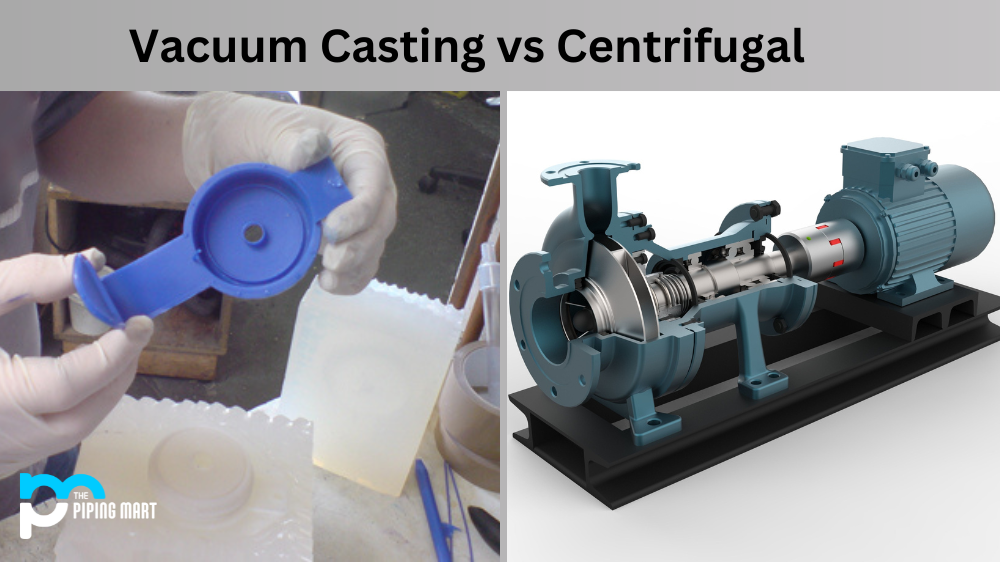What Is a Grinding Machine?
One of the power tools or machine tools used for grinding is a grinding machine, often known as a grinder. Grinding is a type of machining that uses an abrasive wheel as the cutting tool. Through shear deformation, each abrasive grain on the wheel’s surface removes a tiny chip from the workpiece.
Workpieces that require excellent surface quality (such as reduced surface roughness) and high accuracy of shape and dimension are finished with grinding. In most applications, grinding tends to be a finishing process and removes very little metal, typically 0.25 to 0.50 mm, due to the accuracy in dimensions of the order of 0.000025 mm. However, grinding quickly removes large amounts of metal in some roughing applications.
Overview
A bed with a fixture to hold and guide the workpiece and a power-driven grinding wheel revolving at the necessary speed make up the grinding machine. The part can be moved while the abrasive head remains fixed, or the abrasive head can move toward a fixed position.
Using a vernier calibrated hand wheel or the capabilities of numerical controls, the location of the grinding head or table can be controlled to a fine degree.
Grinders abrasively remove material from the workpiece, which can generate a lot of heat. Grinders use a coolant to cool the workpiece so that it does not overheat and exceed its tolerance.
The last grinding stages in high-precision machines (the majority of cylindrical and surface grinders) are typically configured to remove roughly 200 nm (less than 1/10000 in) per pass; this produces so little heat that even in the absence of coolant, the temperature rise is minimal.
Types of Grinding Machines
- Belt Grinder – With the help of coated abrasives, a belt grinder is typically used as a machining technique to process metals and other materials. It is comparable to a belt sander (which is often used for wood but sometimes metal). Belt grinding is a flexible procedure used for finishing, deburring, and material removal, among other things.
- Bench Grinder – A bench grinder is fixed to a workbench or floor stand and often has two wheels with varying grain sizes for roughing and finishing tasks. It can be used to model tooltips or different tools that need to be created or repaired.
- Cylindrical Grinder – Grinding machines that are cylindrical are used to shape a workpiece’s exterior. As long as the workpieces revolve around a central axis, these machines will accept them in various shapes. The workpiece and grinding wheel are turned concurrently in a cylindrical grinder. Cylindrical grinders come in multiple designs, including center less, internal, and outside-diameter models.
- Surface Grinder: A surface grinder consists of a rotary table, an abrasive wheel, and a workpiece chuck. The material is held in position by the chuck as the wheel, and the object is revolved to create a smooth finish.
- Center less Grinder: A center less grinder is a cylindrical grinder that uses two rotary wheels to hold the workpiece in place. A spindle is not used in a center less grinder, as opposed to one that uses one. The rate at which the material is removed depends on how quickly the wheels rotate.
- Tool & Cutter Grinder: A tool and cutter grinder employs a CNC machine tool with up to 5 axes and multiple grinding wheels. Drills, end mills, and step tools are milling cutters that can be produced and sharpened by utilizing this equipment. Manufacturing the tools required by the metal-cutting and woodworking industries also makes extensive use of them.
- Jig Grinder: As its name suggests, is used to finish jigs, dies, and fixtures. Its primary use is in the area of drilling holes for grinding pins and drill bushings. It can also be utilized for sophisticated surface grinding to complete work started on a mill.
- Gear Grinder – The final machining step to produce high-precision gears is typically a gear grinder. These devices’ principal purpose is to eliminate the few thousands of an inch of material that other manufacturing processes leave behind (such as gashing or hobbling).
- Center Grinder – When producing all types of high-precision shafts, the center grinder is typically used as a machining method. These devices’ primary purpose is to grind a shaft’s center accurately. A location with a high repeat accuracy on the live centers is ensured by accurate round center holes on both sides.
- Die Grinder – a hand-held rotary tool with high speed and a short grinding bit. They are usually driven by pressurized air but can also be directly or indirectly generated by a small electric motor utilizing a flexible shaft.
- Angle Grinder – Another hand-held power tool frequently used in fabrication and construction is the angle grinder.

Pipingmart is B2B portal specializes in industrial, metal and piping products. Also, share latest information and news related to products, materials and different types grades to help business dealing in this industry.




